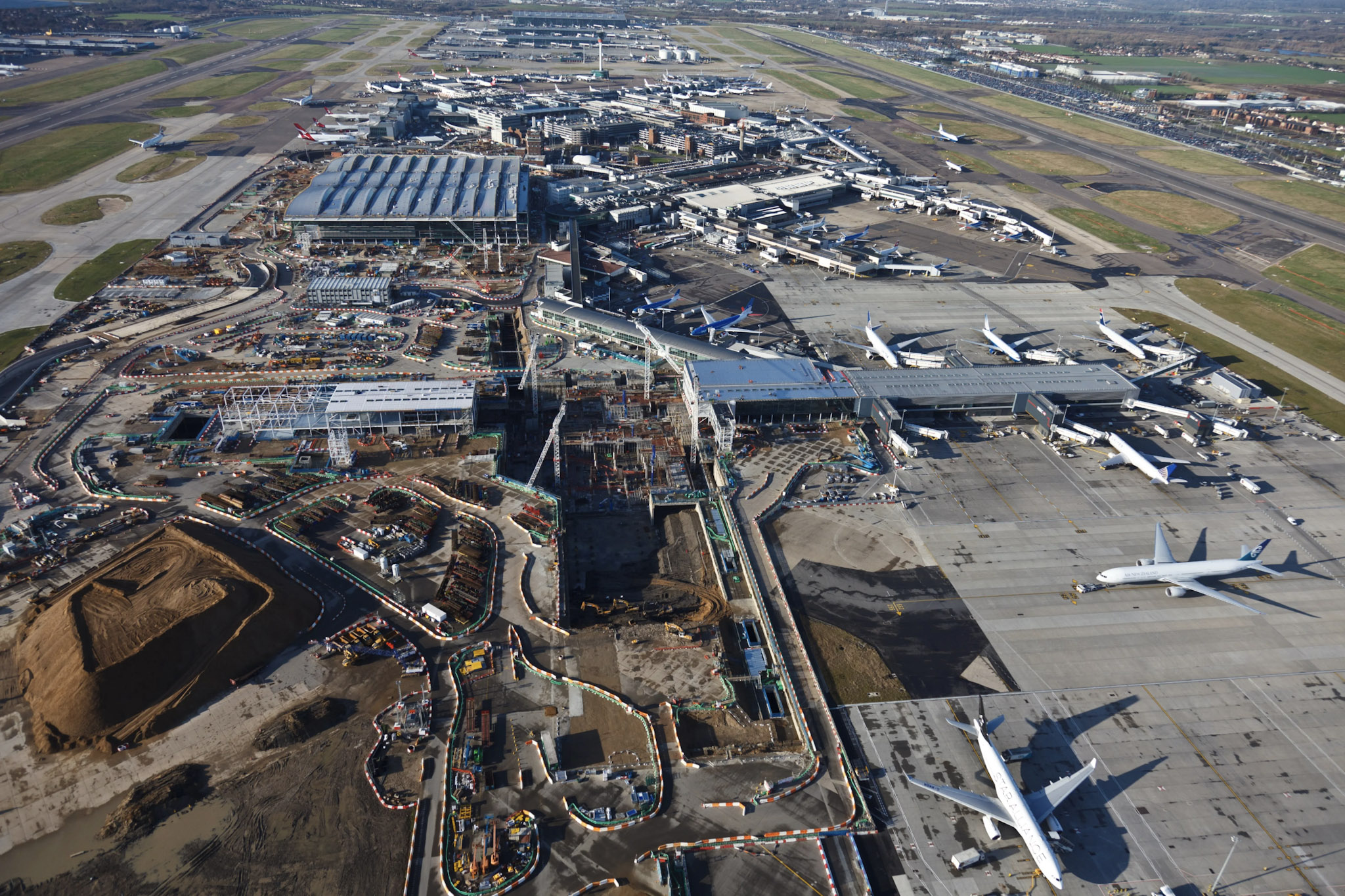01:23
Simplifying our sites with modular systems
Balfour Beatty's Steve Hough, Innovations Director, explains the benefits of producing mechanical pipework and electrical wiring modules off-site. Prefabrication can save up to 30% of programme time on site and increases workforce safety. Subtitles available. #expertengineers
